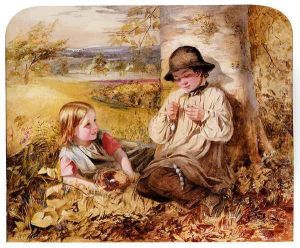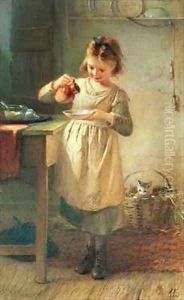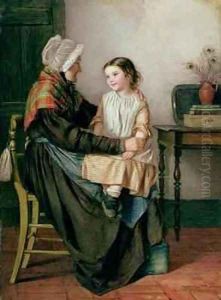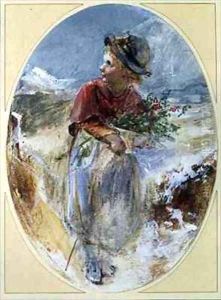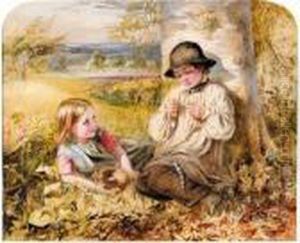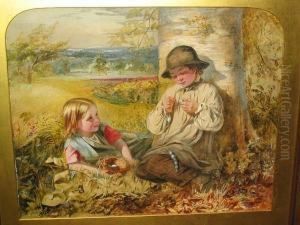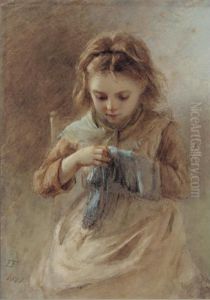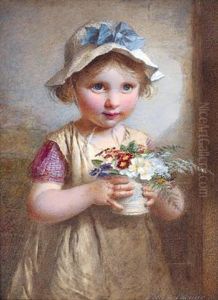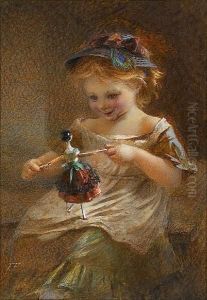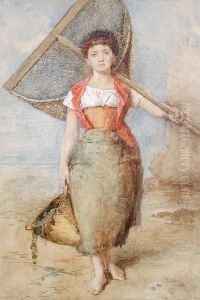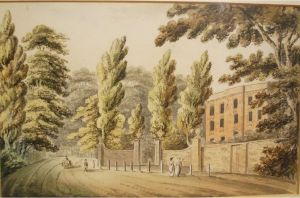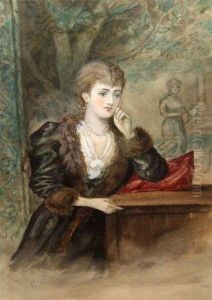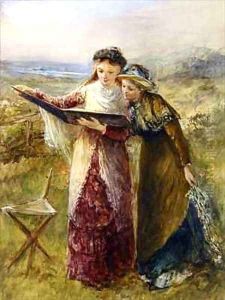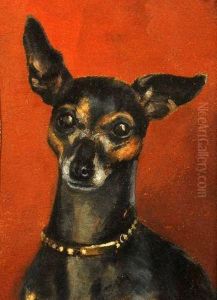Emily Farmer Paintings
Emily Farmer was an English painter known primarily for her detailed and delicate watercolor miniatures. Born in 1826, she came from a family with artistic ties; her aunt was a miniaturist, which likely influenced Farmer's choice of medium and subject matter. She exhibited a talent for art from a young age and eventually became a notable figure within the Victorian art scene.
Farmer's work is characterized by its intricate detail and the soft, yet precise, application of watercolors. She often depicted scenes of domestic life, children, and landscapes, infusing them with a sense of warmth and intimacy that was highly appreciated during her time. Her ability to capture the nuances of light and shadow, coupled with her meticulous attention to the details of clothing and interiors, earned her a place among the esteemed artists of her generation.
Throughout her career, Emily Farmer exhibited at prestigious institutions such as the Royal Academy and the Society of British Artists. Despite the limitations faced by women in the Victorian era, she managed to carve a niche for herself in the competitive world of art. Her works were well-received by both critics and the public, contributing to the era's appreciation of watercolor as a serious medium for artistic expression.
Farmer remained active in the art world throughout her life, constantly evolving her style and themes to reflect the changing times. She passed away in 1905, leaving behind a legacy of delicate, emotive works that continue to be celebrated for their beauty and precision. Emily Farmer's contributions to the field of miniature painting and watercolor have solidified her status as a significant figure in the history of English art.
